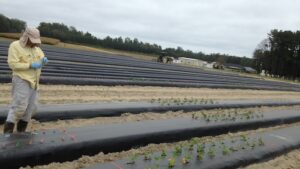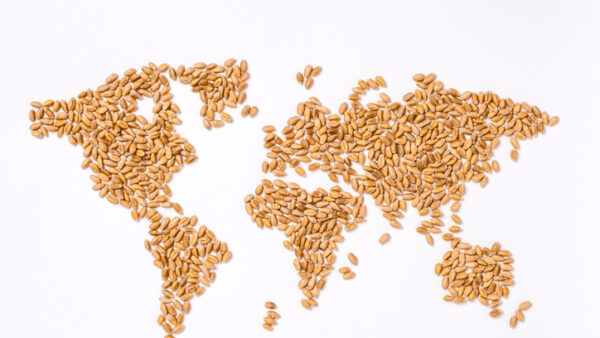The aim of the European Seed series on Myths, Fake News, Misinformation and Disinformation is to dive deeper, taking a closer look at a variety of seed related topics. This article looks at ‘hybrid crops’ which are well-known and widely grown. Nonetheless, several myths surround hybrids, and these myths should be unravelled.
Definition: What is a hybrid?
Before anything else, a question should be answered to make sure we are on the same page, namely: what are hybrids? Hybrids, hybrid cultivars or F1-hybrids are the product of a crossing of two (or more) parent lines. In the process of creating a hybrid variety, plant breeders will first develop a number parent lines with the desired characteristics, and subsequently, they cross multiple times two selected lines to find out which combination of two parent lines generate the best hybrid. Three technical benefits of hybrids are heterosis (hybrid vigour), trait stacking and uniformity, where heterosis means that the offspring outperforms its parents. By trait stacking, new traits are added to existing cultivars and uniformity indicates an overall higher degree of sameness of plants compared to open-pollinated varieties of the same crop. Hybrids often also have economic and seed production planning advantages.
Myth 1: Hybrids are genetically modified
Fact: Hybrids are sometimes considered to equate genetically modified organisms (GMO), but they are two completely different things. Hybrid breeding is based on the natural crossing of a male parent and a female parent to produce offspring who will have the best traits from both of its parents. The genes of the parents are combined working with the natural reproductive systems of crops. In contrast, genetic modification in the narrow sense entails the changing of specific gene functions to achieve more desirable characteristics in an organism. This is typically done in a laboratory. Hybrids are widely used in Europe, whereas only a few GMOs have been approved.
Myth 2: Hybrids are sterile
Fact: Hybrid crops are wrongfully believed to be sterile. In fact, hybrid crops can produce fertile seeds and generate fertile offspring. Seeds harvested from a hybrid plant will segregate. And this means that the offspring (the F2 generation) will lose some of the benefits of the original F1 hybrid. So, farmers can still save seeds from their hybrid plants, but the next generation will not likely be the same as the original F1 generation. Hence, in case farmers wish to maintain the same crop performance they will need to buy new seed every season. Therefore, hybrids are not sterile, but because of the segregation they do offer a sort of natural protection of the germplasm against infringement.
Myth 3: Hybrids are only suitable for intensive farm systems
Fact: Hybrids are suitable for all types of cultivation and used in all types of farm systems. Farmers, including organic farmers, may prefer hybrids because crop performance is likely higher, while the risk of crop failure is lower thanks to heterosis and trait stacking. Thanks to breeding efforts, hybrids can be more resilient to pests, diseases, and harsh environmental conditions, compared to ‘conventional’ varieties. Strong genetics may also allow for the reduced use of inputs, for example a wide set of resistance genes will (strongly) lower the need to use crop protection products. In the past years, breeding companies have expanded their organic hybrid seed portfolios to meet growing market demand: many vegetables grown from hybrid seed are organically certified. In the future, the importance of hybrids will likely continue to increase across farm systems, as climate change roughens growing conditions around the world and the shift towards a more sustainable agriculture requires farmers to reduce the use of inputs.













